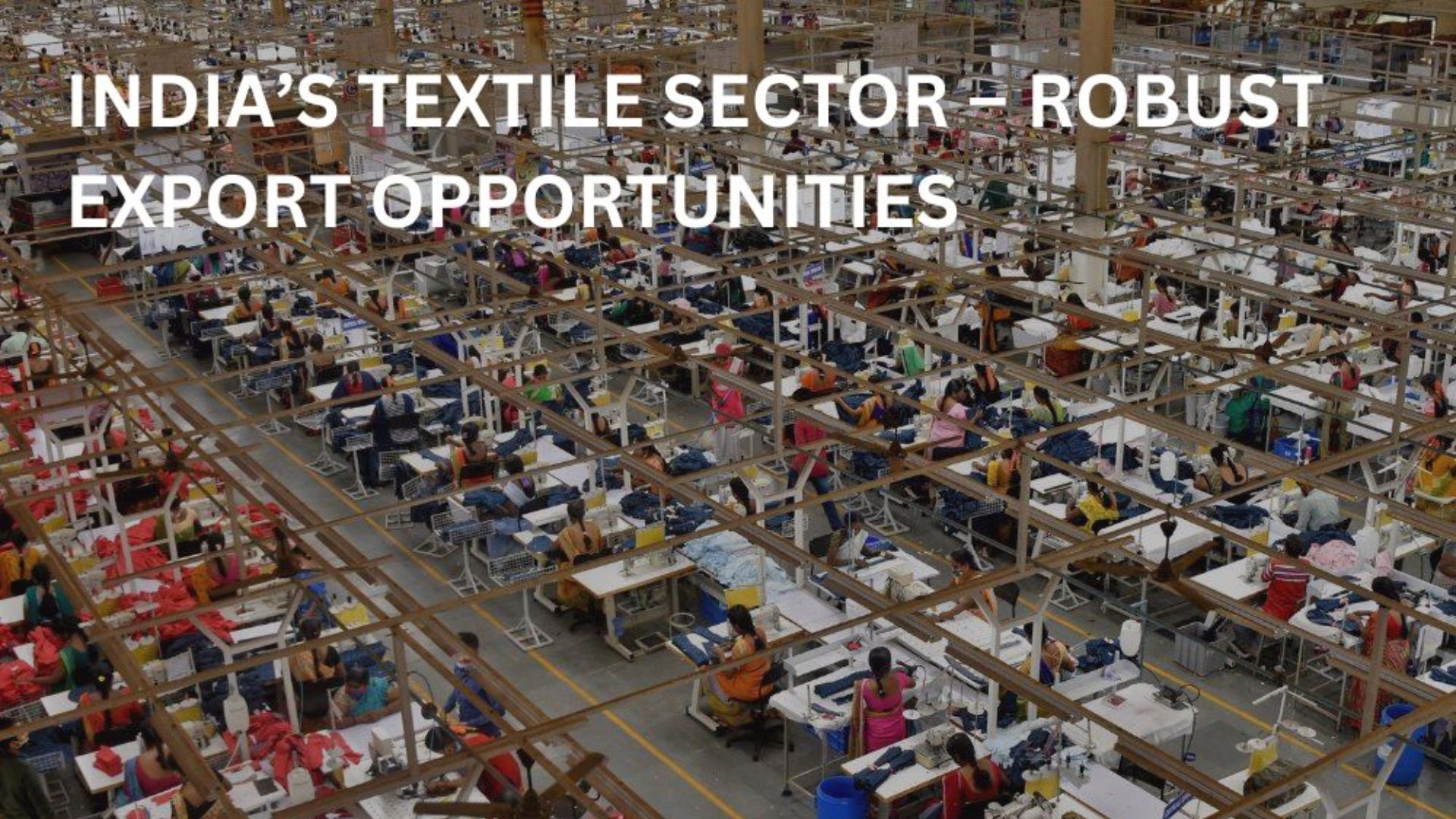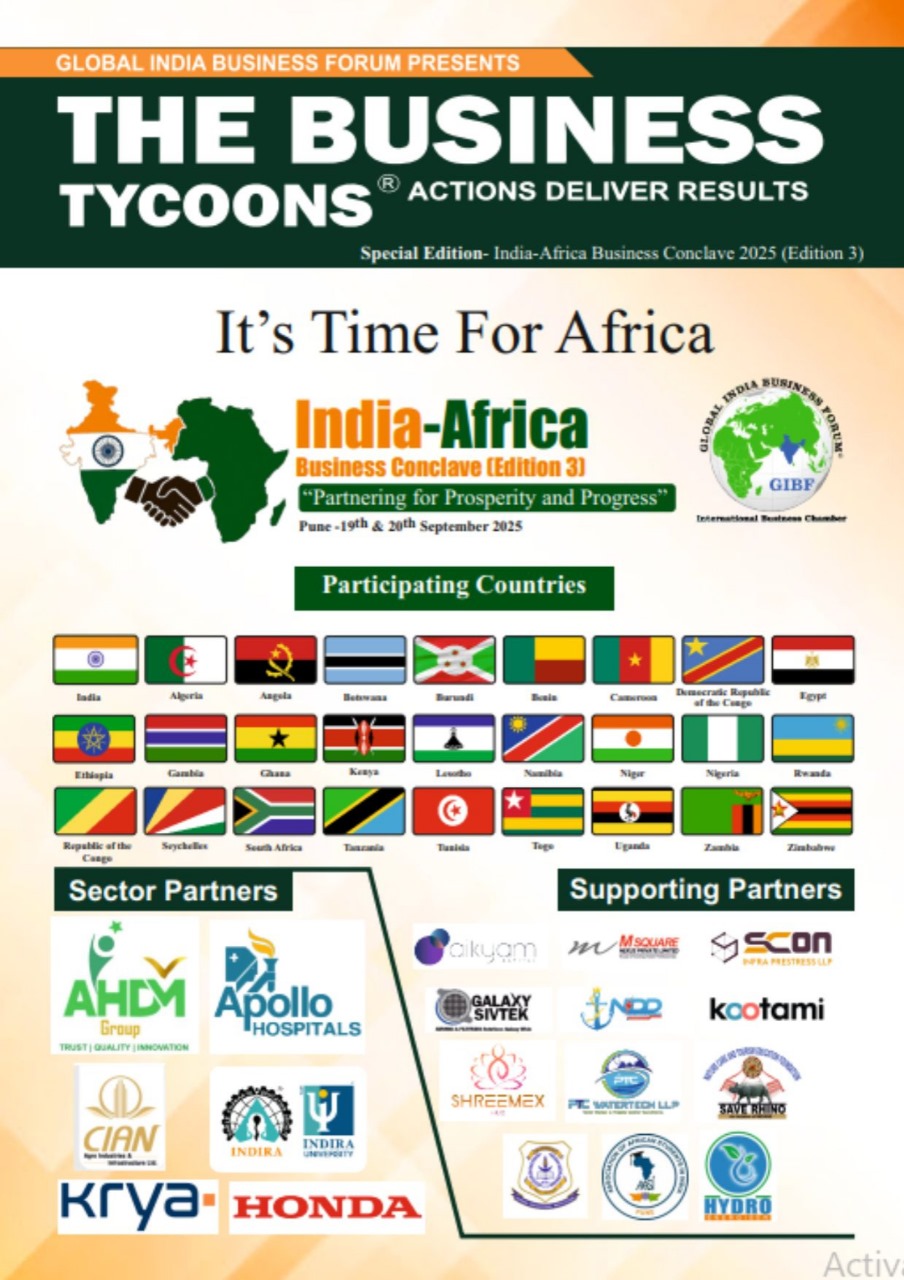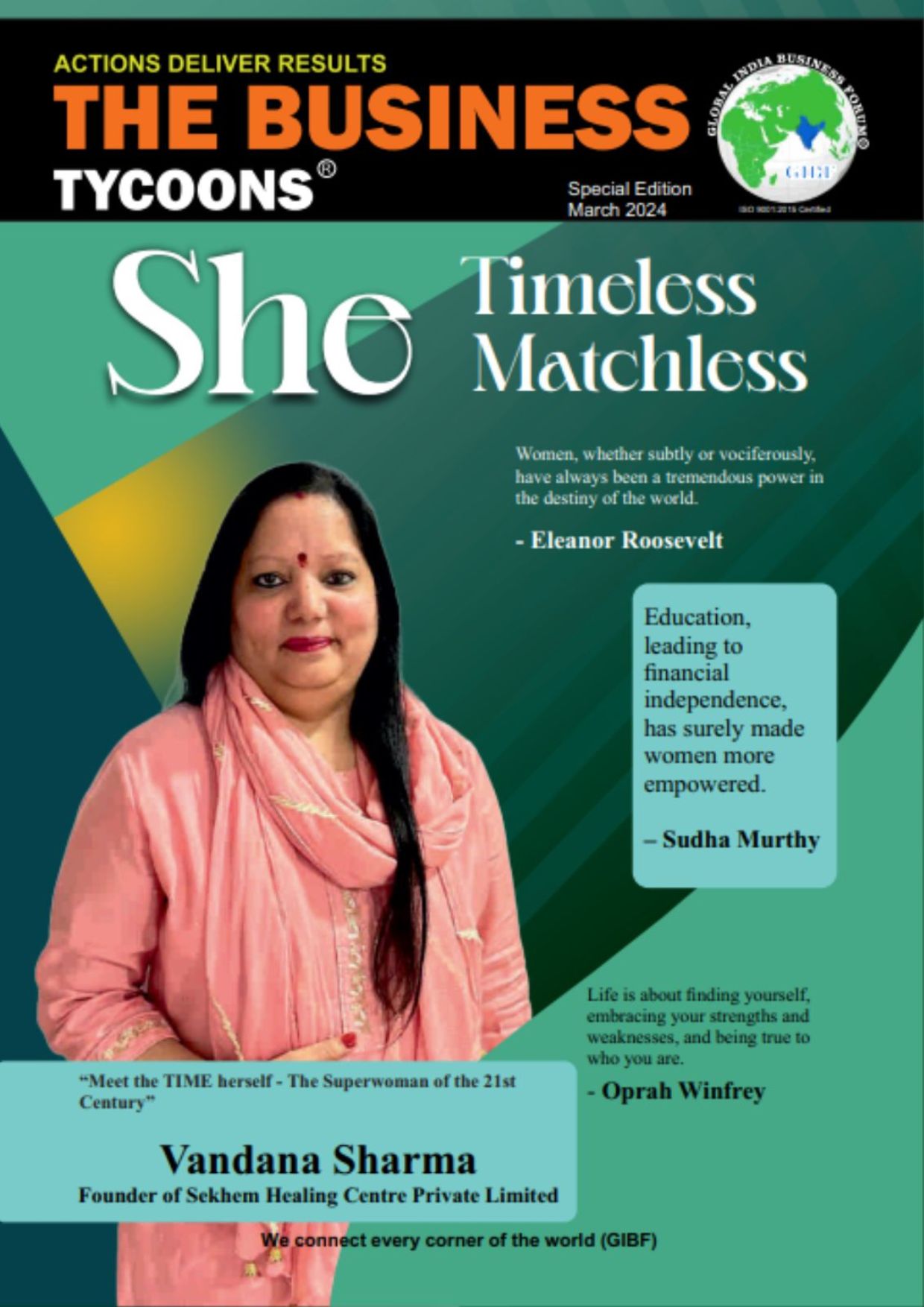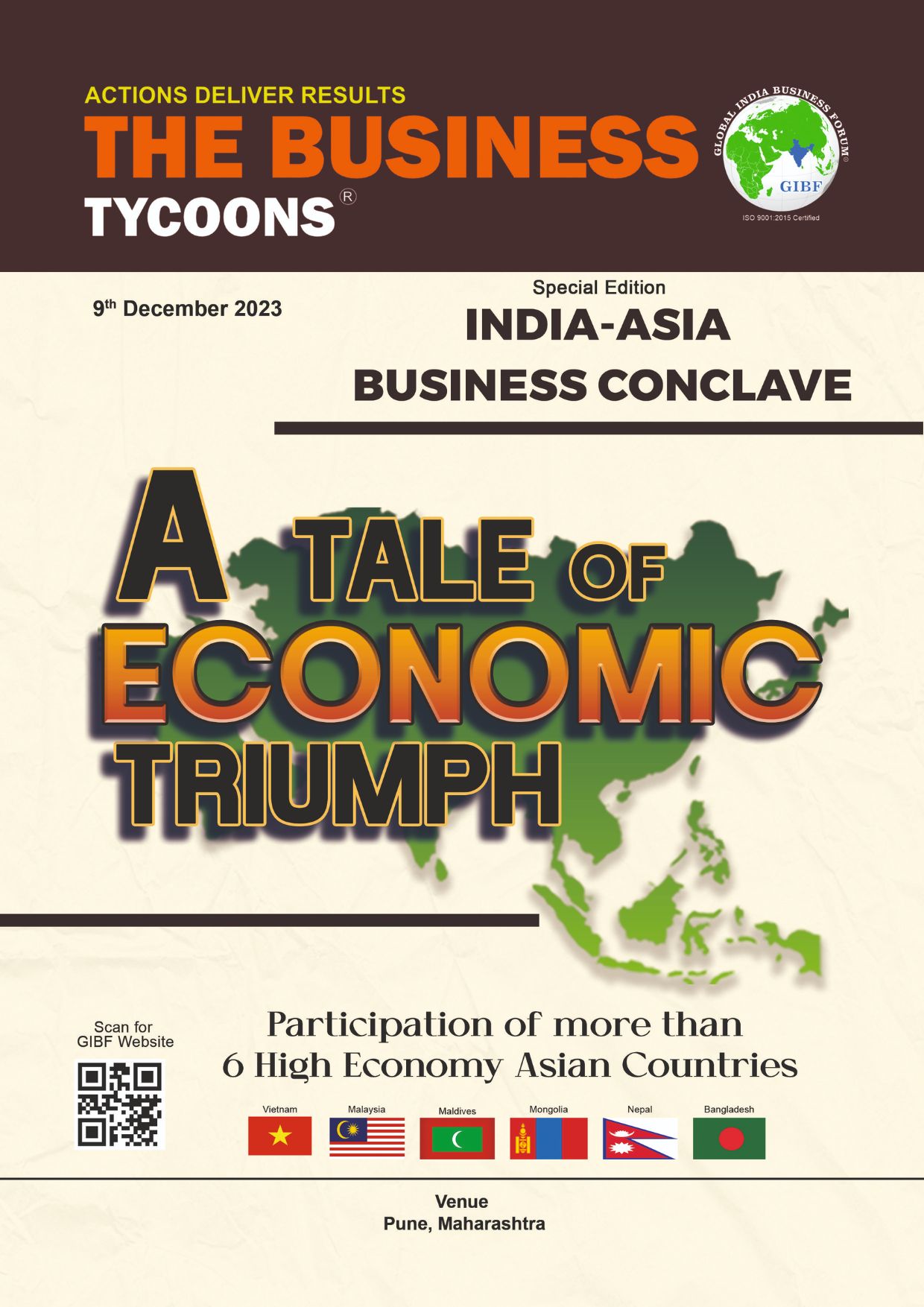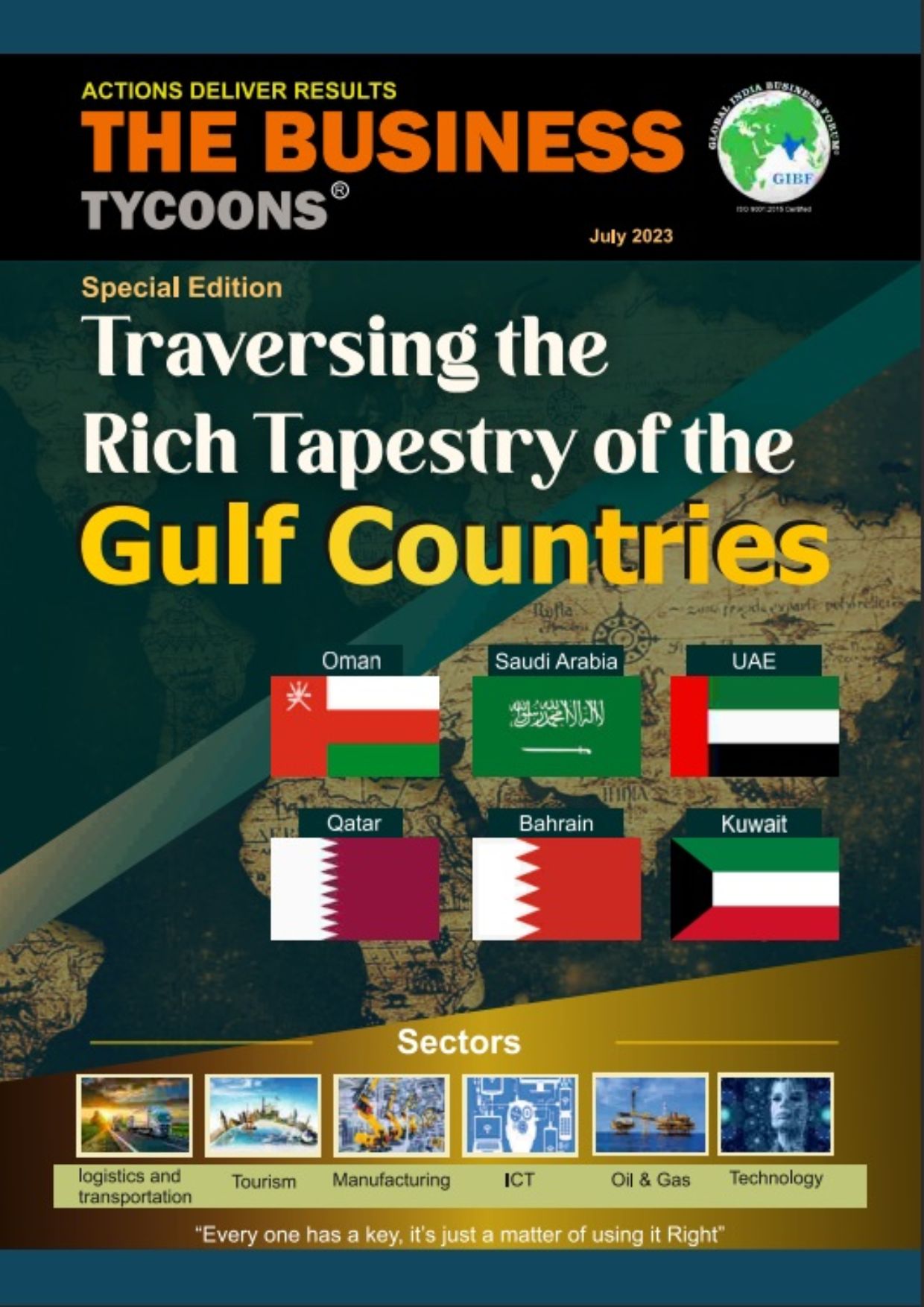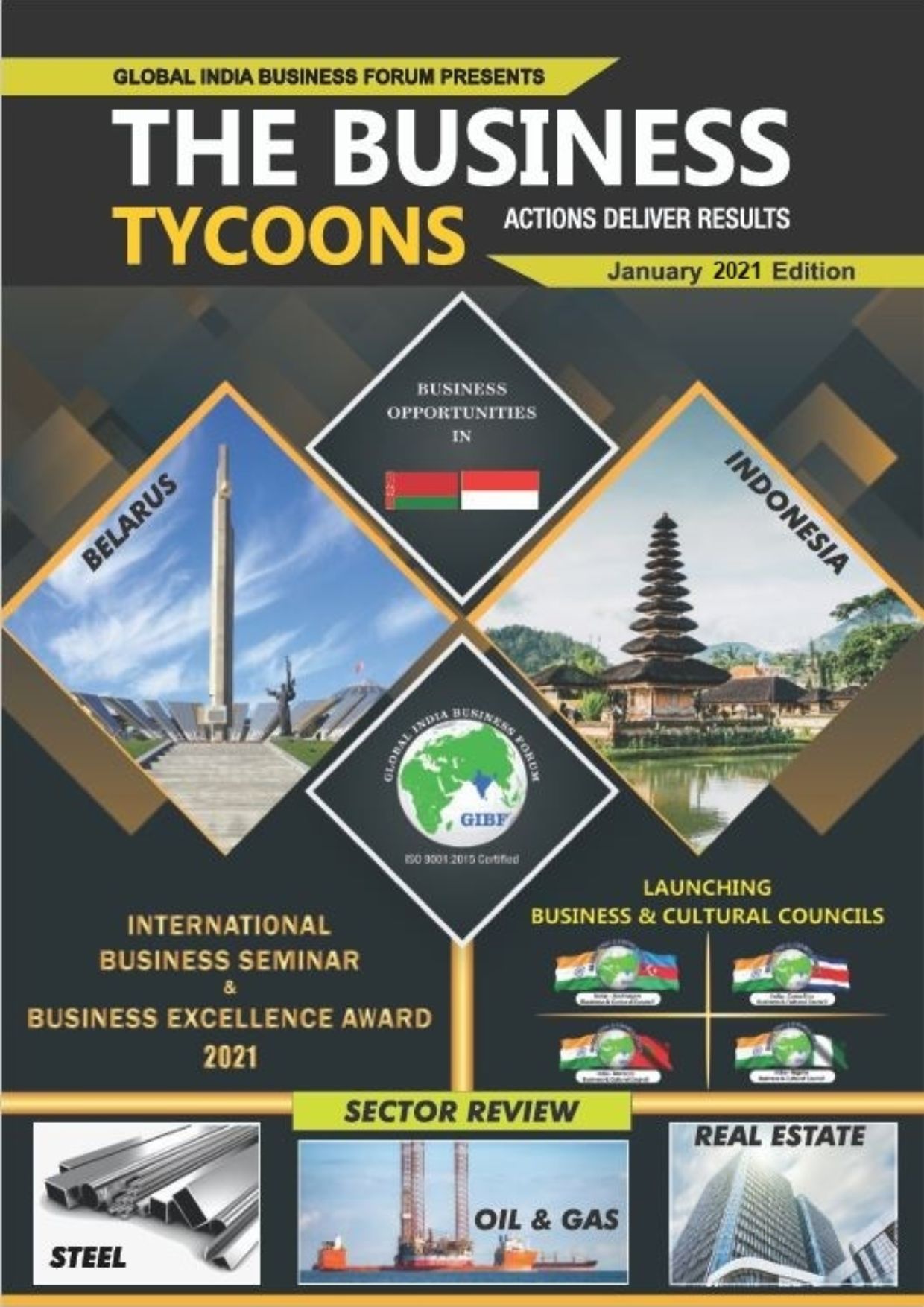The textile industry stands as one of India's oldest and largest sectors, displaying consistent growth over the years. After a brief slowdown during the global pandemic couple of years ago, the industry quickly rebounded, leveraging the shift towards online shopping.
- Notably, India's textile industry distinguishes itself by maintaining lower costs compared to countries like China or Vietnam, positioning it favorably among many developing nations engaged in global exports. Presently, India serves as a prominent hub for the garment and textile sector, with athletic wear emerging as a prominent trend, colloquially known as athleisure. This niche provides consumers with a casual athletic appearance, emphasizing comfort and durability.
- Cotton fabric, a long-standing favorite in India, has witnessed a surge in global demand, propelling the garment industry to meet these international needs. Capitalizing on a vast pool of skilled craftsmen and affordable labor, India stands out as a cost-effective destination for textile production, attracting foreign investors looking to manufacture and distribute globally.
- The rise of e-commerce platforms has transformed the textile business landscape, enabling manufacturers and exporters to reach a broader audience. This digital shift has presented unprecedented opportunities for growth, facilitating international brands in offering superior quality products and designs. Online platforms have served as a gateway for Indian textiles to penetrate the global market, making it an opportune time for entrepreneurs to venture into textile export businesses.
- The increasing global demand for fashion and textile products creates investment opportunities for numerous countries. India, with its expansive domestic market and robust local production capabilities, is well-positioned to take the lead. Offering quality products at competitive prices while staying attuned to global trends, India remains an attractive destination for investors. Simultaneously, the country experiences a growing demand for certain imported products, such as knitted or crocheted fabrics, further expanding the scope for international trade.

